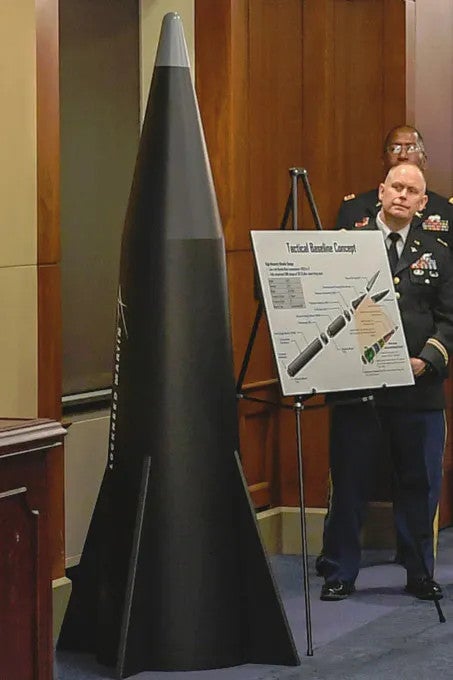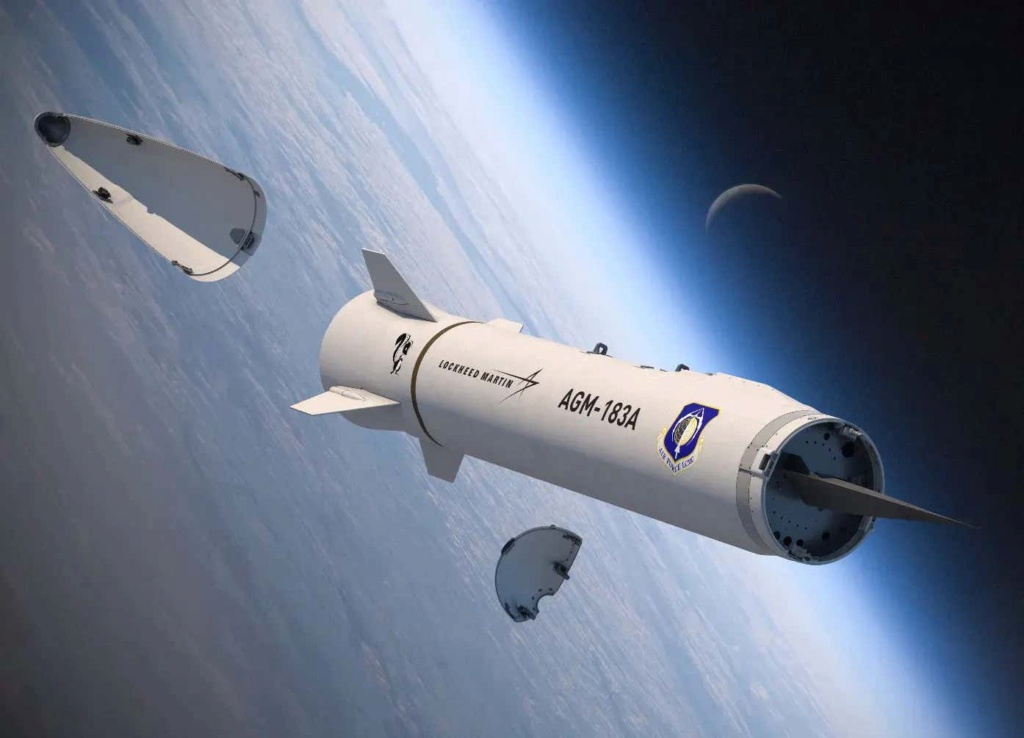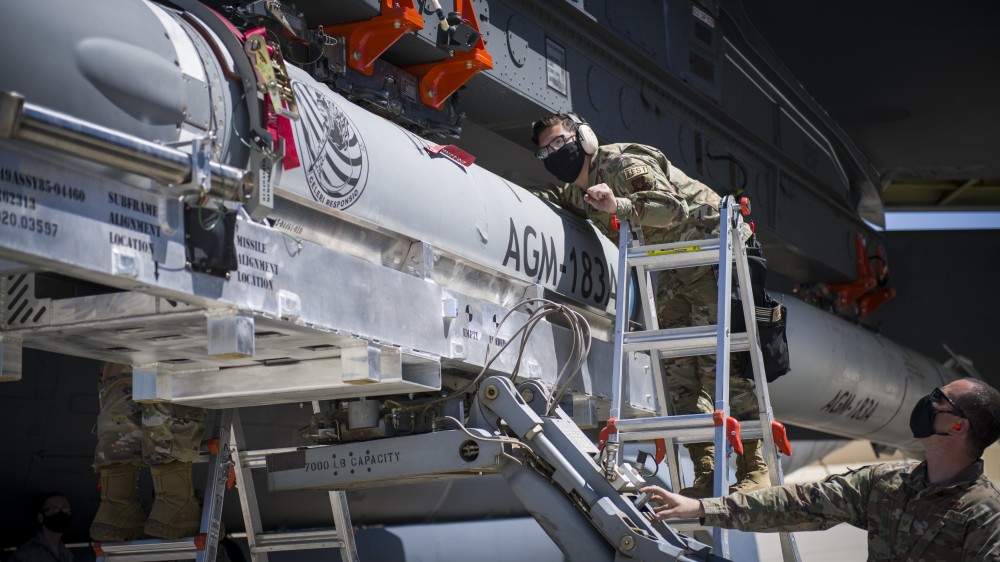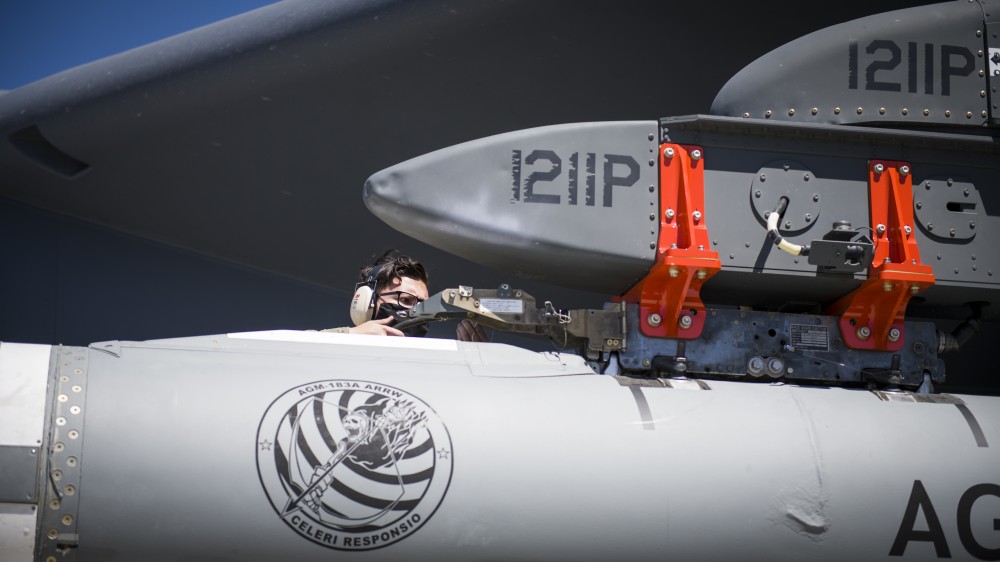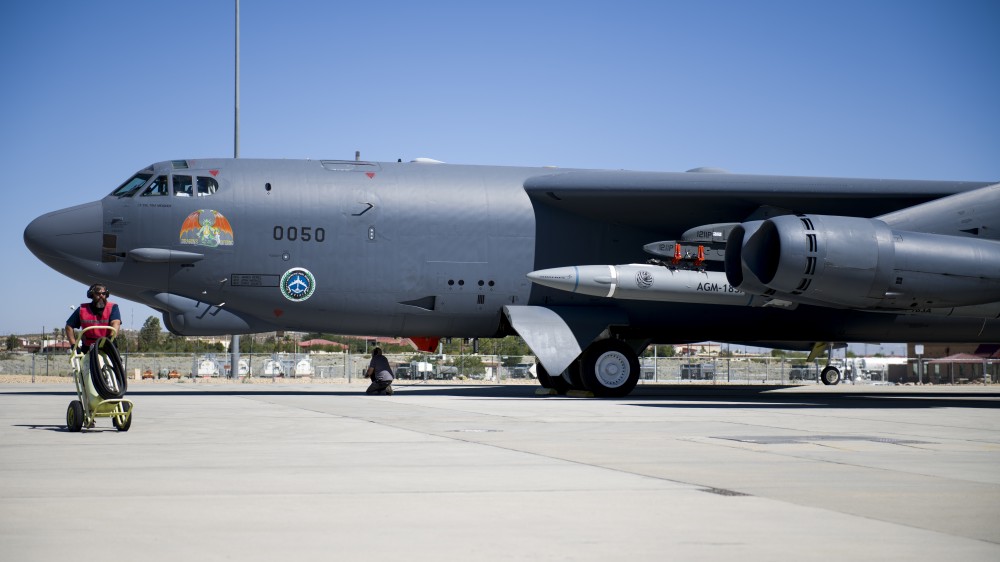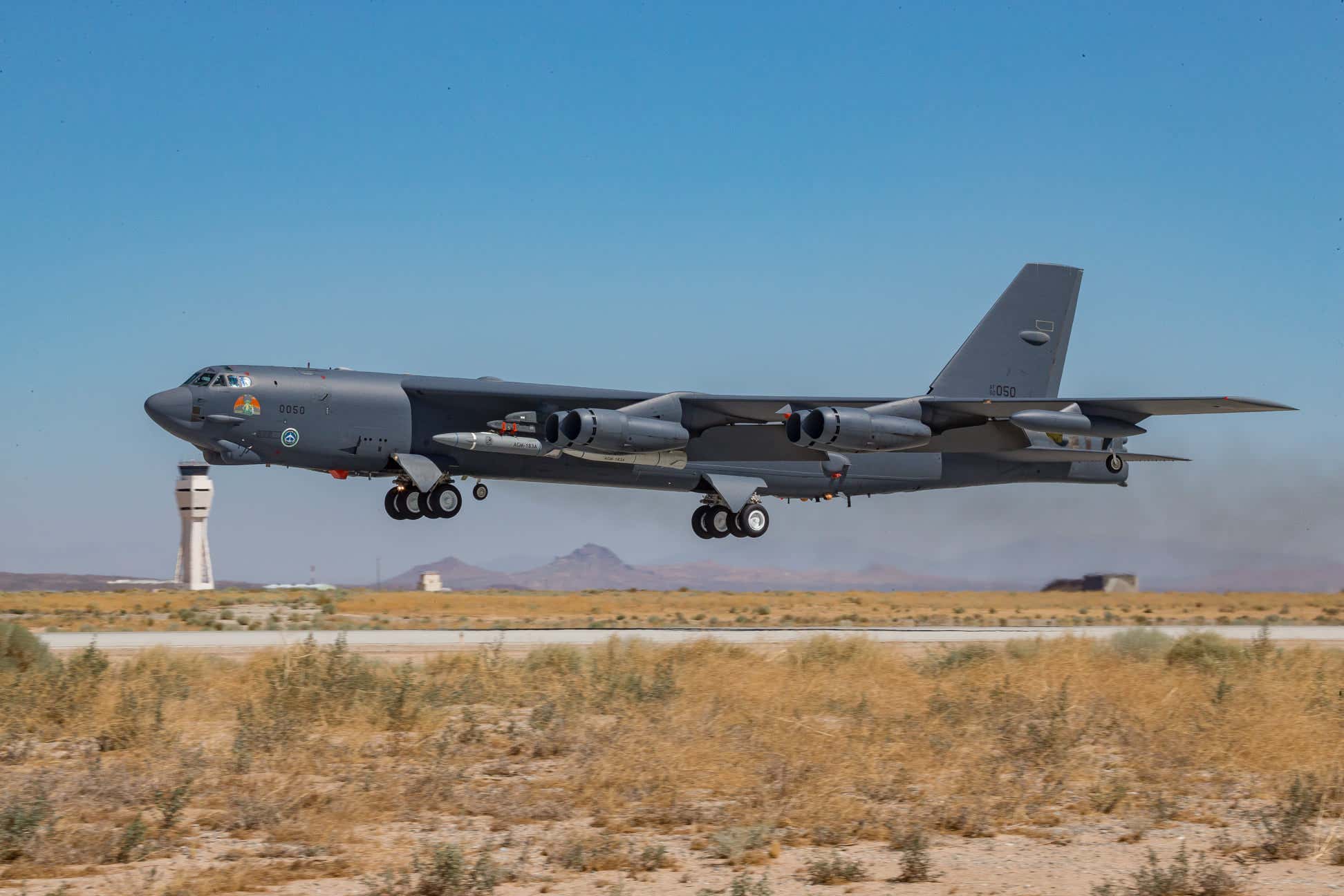Steve Trimble
@TheDEWLine
·
9h
New Lockheed image. Four AGM-183A ARRWs on a B-52H. Those are some serious boosters. A B-1B will be able to carry six.
Note that the AGM-183A has not been fired yet. The photos show aerodynamic test samples fitted with sensors.
Flight Global
The US Air Force has selected Lockheed Martin to rapidly develop and field both new hypersonic missiles launched as a response to surprise developments in high-speed weapons by China and Russia, newly-released acquisition documents confirm.
The service already announced a $928 million award in April deal for Lockheed’s Missiles and Space company to develop the Hypersonic Conventional Strike Weapon (HCSW, pronounced “Hacksaw”).
But a new document reveals that the USAF awarded a separate deal to Lockheed’s Missiles and Fire Control division in July 2017 to rapidly develop and field the Air-launched Rapid Response Weapon (ARRW, pronounced “Arrow”).
The ARRW, now assigned the designation AGM-183A, evolves from the Tactical Boost Glide (TBG) programme launched in 2014 by the Defense Advanced Research Projects Agency (DARPA). By using a rocket to boost the missile to very high altitudes, the unpowered ARRW then glides down to lower altitudes at speeds up to Mach 20.
Although Lockheed won the $780 million ARRW contract more than a year ago, the USAF was forced to re-open the competition this summer. The original deal was structured as an extension to a DARPA contract for TBG. The USAF later decided to restructure the terms using the service’s own acquisition process. That decision, however, required the USAF to re-consider the two bidders that had already been disqualified under the DARPA programme.
Boeing had been out of DARPA’s TBG programme since 2015 and Raytheon was cut after 2016, but both companies responded to the USAF’s latest call for information in July.
Neither of their responses, however, met the USAF’s requirements for ARRW. Indeed, Boeing presented an hypersonic design that flew a ballistic re-entry trajectory, rather than a glide profile as required, the USAF document says. Boeing’s design also proposed different propulsion systems for development and production versions of the weapon, which the USAF dismissed for adding too much risk. Raytheon Missile Systems submitted a compliant boost-glide concept, but the USAF criticised the proposal for lacking details about the effort required to field a flight-qualified weapon.
Lockheed’s concept — resubmitted a year after winning the original contract — was unsurprisingly far more detailed and technically compliant with the ARRW requirement, the USAF says. Moreover, Lockheed has worked with suppliers to prepare to meet the “required production rate at 36 months after contract award”, the USAF says.
Both ARRW and HCSW have come to light as the Department of Defense scrambles to respond to breakthroughs in hypersonic testing reported by China and Russia since 2016. Most recently, state media reported on 5 August that a hypersonic waverider vehicle — similar in concept to the Boeing X-51 demonstrator — completed a successful test in northwestern China at the end of last week. In February, Russian president Vladimir Putin revealed the existence of the Kinzhal (“Dagger”) missile, which is capable of hypersonic speed upon launch from a MiG-31.
Lockheed’s hypersonic experts now form the thrust of the US response to the Chinese and Russian developments. Although the contract awards went to the company’s operating divisions, the Skunk Works advanced prototyping and development organisation is heavily involved in designing and producing the new vehicles.
Source: FlightGlobal.com

There is more on the earlier single weapon fight in June 2019 at
https://www.thedrive.com/the-war-zone/28576/behold-the-first-flight-of-a-b-52-bomber-carrying-the-agm-183a-hypersonic-missile
Last edited by JohninMK on Thu Apr 30, 2020 12:12 pm; edited 5 times in total



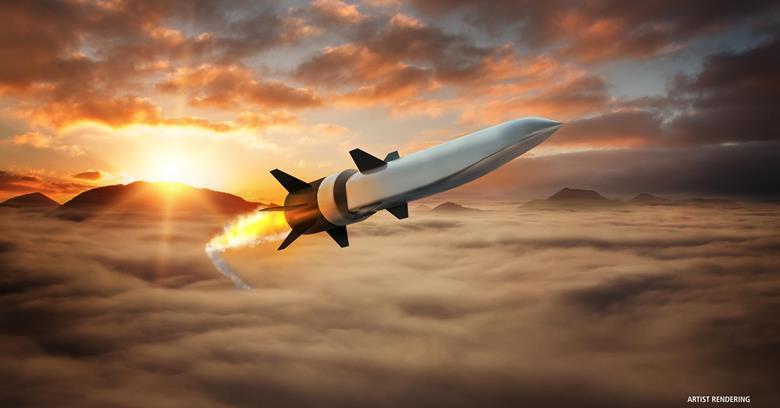

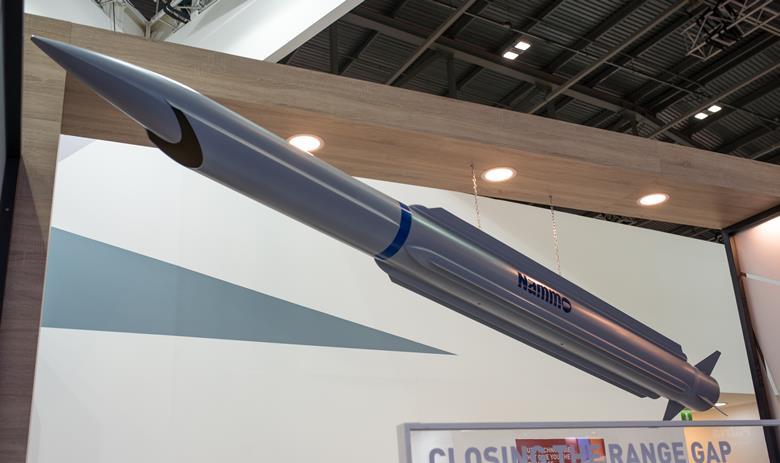
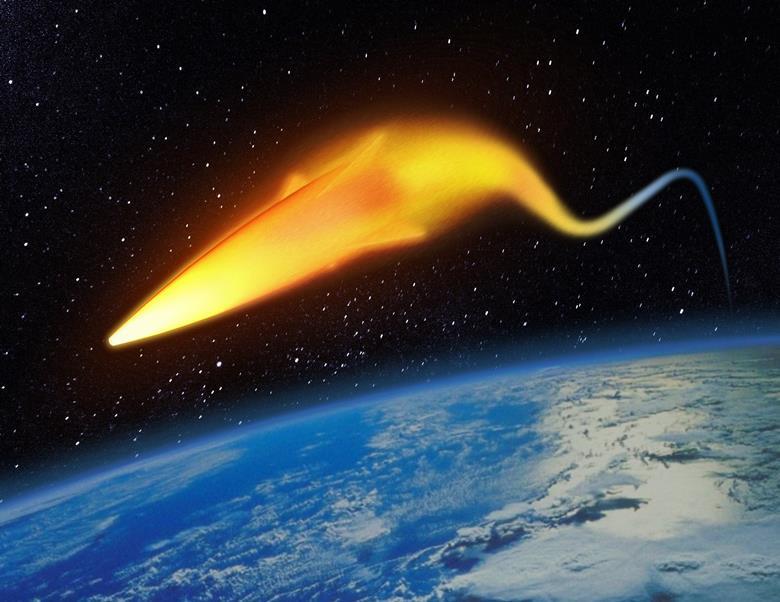


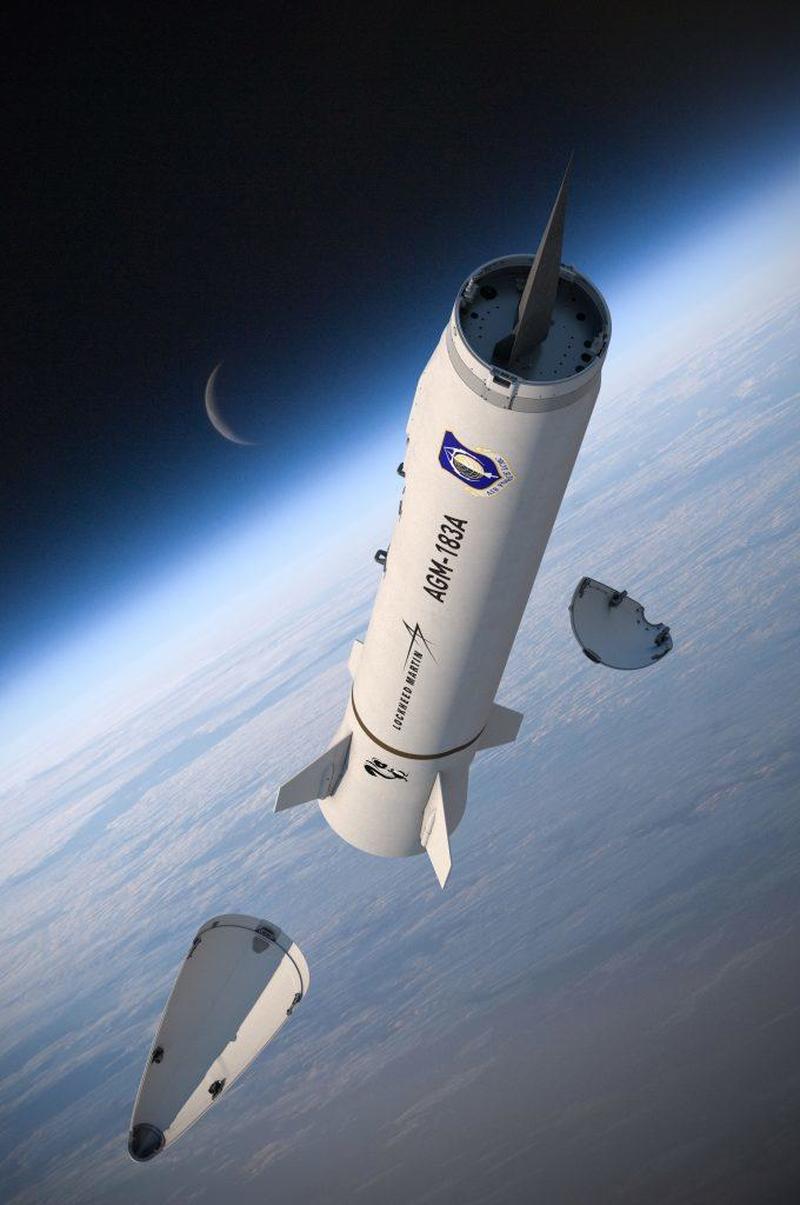

 2 F-35, 1 F-22 this thing, I hope our Polish troll is ok
2 F-35, 1 F-22 this thing, I hope our Polish troll is ok